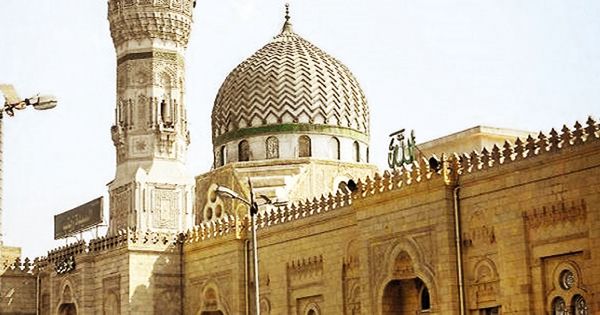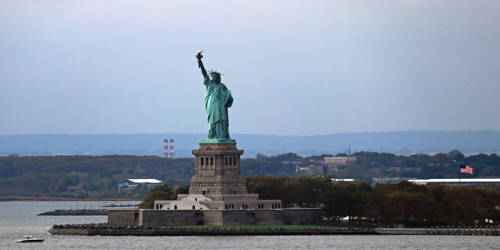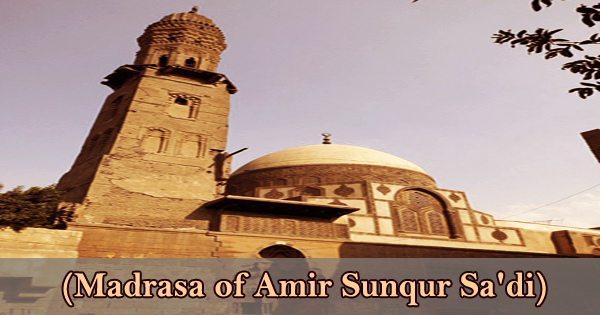Al-Sayeda Zainab Mosque (Arabic: مسجد السيدة زينب) in Cairo stands in the heart of the square named after Al Sayeda Zeinab the granddaughter of the Islamic Prophet Muhammad, May Prayers and Peace be upon him. It is a historical mosque in Cairo, Egypt, and is one of the most prominent and largest mosques in Egyptian history. Al Sayeda Zeinab is also Al Sayeda Fatima’s youngest daughter, the daughter of the Prophet and his cousin, Ali Ibn Abi Taleb, and the sister of both Imams Al Hassan and Al Hussein. The mosque is located in Cairo’s Al-Seyyedah Zainab neighborhood, where its name derives from the mosque’s name. For lovers of Ahlal-Bayt (A.S), this is a place of pilgrimage, and there are various opinions regarding the owner of this shrine. Some claim that Egypt was never reached by Zaynab bint Ali (S.A.), and that this tomb belongs to Zaynab, the daughter of Yahya Al-Mutawaj ibn Hasan Al-Anwar ibn Zayd ibn Al-Hussain ibn Ali ibn Abi Talib, and others believe it belongs to Zaynab, the daughter of Ahmad ibn Ja’far ibn Hanifa. The date of construction of this shrine is not stated in history, but the evidence shows that this mosque was reconstructed once in 1940 and again in 1969 during the reign of the former president of Egypt, Jamal Abdul Nasser, when the Ministry of Funds decided to extend the area of the mosque. The mosque occupies the middle of the neighborhood and in front of the mosque is Al-Sayeda Zainab square. The square is one of Cairo’s most popular and important squares, and there are numerous restaurants and cafes packed with people, especially during the Islamic month of Ramadan’s breakfast and sahur season. Zayn al-Abidin street links the mosque with Cairo’s various major locations.

On top of the grave of Sayyida Zaynab, the sister of Hasan and Husain, the mosque was considered to have been built (among others). Some historical sources believe that the Mosque was reconstructed in 1547 by Ali Pasha, the governor of Egypt, and also rebuilt by Abdul Rahman Katkhoda in 1768. The mosque consisted of seven corridors parallel to the Qibla, within the center and in front of the shrine a square hall covered with a dome. There are two major entrances on the north side, which are divided by a rectangle. The daughter of Ali ibn Abi Talib (A.S) and Fatimah bint Muhammad (S.A), was Lady Zaynab bint Ali (S.A). She was born in AH 6 in Medina. Abdullah ibn Ja’far was married to Zaynab (S.A) and had six sons and one daughter with him. Sultan Al Adel Ibn Ayoub restored the mosque in the sixth century after the Hijra, constructing a smaller mosque next to it. Prince Abdul Rahman Katakhda of Mameluke restored the mosque and furnished it with a toilet for ablutions. In 1201 A.H. a coating of yellow copper was repaired and glided through the mausoleum, and the mosque area was extended to cover three thousand square meters. In the year 1315 A.H. The new mosque was reconstructed adjacent to the mausoleum during the reign of Khedive Tawfik, then the ruler of Egypt. Some historians claim that a few months after the Battle of Karbala, where she had settled for nine months before her death, Sayyida Zaynab was exiled to Egypt and buried in this location. As such, among Sunnis and Isma’ilis, the location is considered to be one of the most prominent places in Islamic history and the most famous tombs to visit. During President Hosni Mubarak’s terms of office, the mosque was again extended to cover 18000 meters with a capacity of 15000 worshippers, this expansion and the subsequent repairs were carried out in line with the architectural styles and designs introduced during the period of Khedive Tawfik. Overlooking Al Sayeda Square, with three gateways leading directly to the mosque, is the main facade of the present mosque. There is a separate gate for women leading to the Mausoleum on the western facade. To the left of this segment, the minaret stands high. On columns made of white marble, the inside ceiling covering the entire region of the mosque is erected. Above the segment situated in front of the old niche stands a light shaft. As for the mausoleum, it is situated to the west of the mosque, enclosed by a gliding compartment of yellow-golden copper topped by a dome. The Endowment Ministry doubled the area of the mosque in 1969. There are three views of Lady Zaynab (S.A.)’s burial place. Some say, according to the common theory, that her grave can be found in Seyyedah Zainab Mosque in Seyyedah Zainab, Syria. Alternatively, many assume that inside the Al-Seyyedah Zainab Mosque, another mosque located in Cairo, Egypt, her tomb can be found.
















